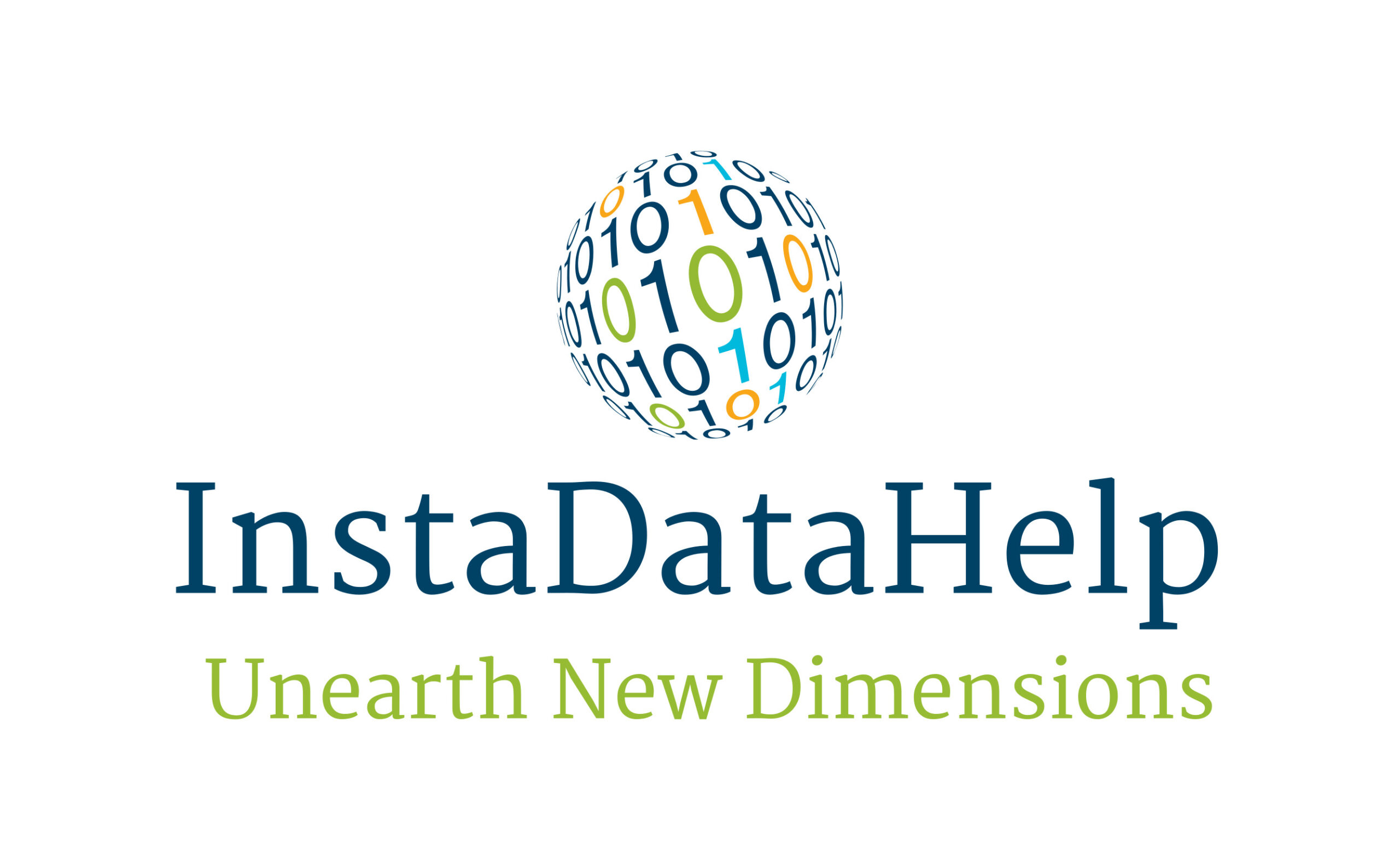Breaking Barriers: How Neural Machine Translation is Bridging the Language Gap
Introduction
In today’s globalized world, communication plays a pivotal role in connecting people from different cultures and backgrounds. However, language barriers have always been a challenge, hindering effective communication and limiting opportunities for collaboration and understanding. Fortunately, advancements in technology, particularly in the field of artificial intelligence, have paved the way for groundbreaking solutions to overcome these barriers. One such solution is Neural Machine Translation (NMT), a revolutionary approach that is transforming the way we bridge the language gap.
Understanding Neural Machine Translation
Neural Machine Translation is an advanced form of machine translation that utilizes artificial neural networks to translate text from one language to another. Unlike traditional rule-based or statistical machine translation approaches, NMT models are trained on vast amounts of parallel data, enabling them to learn and generate translations that are more accurate and natural-sounding.
The Role of Artificial Neural Networks
At the heart of Neural Machine Translation lies artificial neural networks, which are computational models inspired by the human brain’s neural network. These networks consist of interconnected nodes, or artificial neurons, that process and transmit information. By training these networks on large datasets, they can learn patterns and relationships between words and phrases in different languages, enabling them to generate high-quality translations.
Breaking Down Language Barriers
Neural Machine Translation has revolutionized the way we break down language barriers. By leveraging the power of artificial neural networks, NMT models can translate text in real-time, making communication across languages more accessible and efficient. This technology has found applications in various domains, including business, education, healthcare, and international diplomacy.
Enhancing Accuracy and Naturalness
One of the key advantages of Neural Machine Translation is its ability to produce translations that are more accurate and natural-sounding compared to traditional approaches. By learning from vast amounts of data, NMT models can capture the nuances of different languages, including idiomatic expressions, cultural references, and context-specific meanings. This ensures that translations are not only grammatically correct but also convey the intended meaning accurately.
Adapting to Context and Style
Another significant breakthrough of Neural Machine Translation is its ability to adapt translations to specific contexts and styles. NMT models can learn from different genres of text, such as news articles, scientific papers, or literary works, and generate translations that align with the desired style. This flexibility allows for more accurate and contextually appropriate translations, catering to the diverse needs of users.
Improving with Feedback and Iteration
Neural Machine Translation is a dynamic technology that continuously improves with feedback and iteration. By collecting user feedback on translations, developers can fine-tune the models and address specific challenges or errors. This iterative process ensures that NMT models become more accurate, reliable, and user-friendly over time, making them an invaluable tool for breaking language barriers.
Challenges and Limitations
While Neural Machine Translation has made significant strides in bridging the language gap, it still faces certain challenges and limitations. One of the primary challenges is the availability of high-quality parallel data for training the models. Creating large-scale parallel datasets can be time-consuming and resource-intensive, particularly for languages with limited digital resources. Additionally, NMT models may struggle with translating rare or domain-specific terms that are not well-represented in the training data.
Privacy and Ethical Considerations
As with any technology that involves processing large amounts of data, Neural Machine Translation raises privacy and ethical considerations. Translating sensitive or confidential information using third-party NMT services may pose risks to data security and privacy. It is crucial to ensure that appropriate safeguards are in place to protect user data and comply with relevant regulations.
The Future of Neural Machine Translation
Despite the challenges, Neural Machine Translation holds immense potential for the future. As technology continues to advance, we can expect NMT models to become more accurate, efficient, and adaptable. Ongoing research in areas such as zero-shot translation (translating between language pairs without direct training) and multilingual models promises to further enhance the capabilities of NMT, making it an indispensable tool for global communication.
Conclusion
Neural Machine Translation is revolutionizing the way we bridge the language gap, enabling effective communication and collaboration across cultures. By harnessing the power of artificial neural networks, NMT models are breaking down barriers and facilitating understanding between people who speak different languages. While challenges and limitations exist, the future of Neural Machine Translation looks promising, with ongoing advancements and research pushing the boundaries of what is possible. As we continue to embrace this technology, we move closer to a world where language is no longer a barrier but a bridge to connect us all.



Recent Comments